March 4, 1865
Lincoln's Second Inaugural Address
The 2nd Inaugural address, addressed the end of the civil war, and what the meaning and causes was all for.
He talked about how he imagined this war as God's punishment, for all the years of slavery.
Essential Question: Was the Reconstruction Period Successful?
March 4, 1865
Lincoln's Second Inaugural Address
The 2nd Inaugural address, addressed the end of the civil war, and what the meaning and causes was all for.
He talked about how he imagined this war as God's punishment, for all the years of slavery.
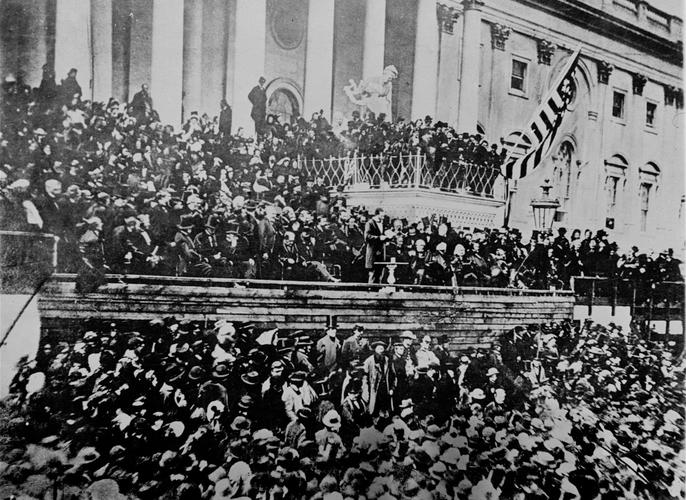
April 14, 1865
Lincoln's Assassination
Lincoln was assassinated soon after the war by John Wilkes Booth, which caused an uproar for people in the north, however people in the south rejoiced, since he was brutally hated in the south.
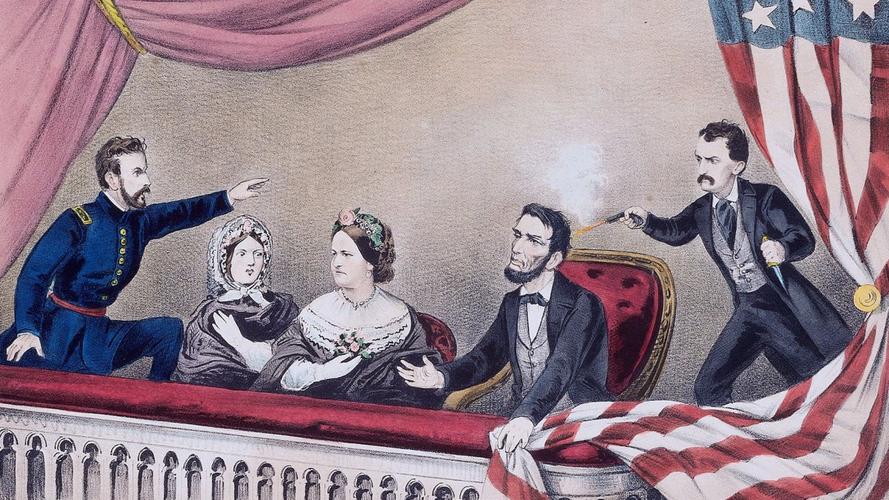
April 15, 1865-1869
Andrew Johnson's Presidency
Previously, he was vice president, but had to be promoted to President due to the assassination. He had completely different ideals, and refused to deeply punish the south for slavery, which enraged the north. He then took the white elites out of the government, and then the African Americans start to grow.
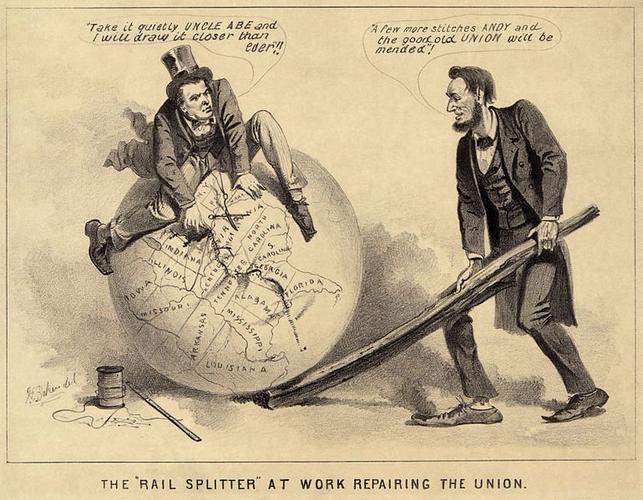
In this political cartoon, Abraham Lincoln is trying to repair the united states, while Johnson is on top, trying to also control, and mend, but together in different ways. Abe was bringing it up though the simple way, but scooping it up, while Johnson was attempting to form it together the hard way, stitching, making people upset.
Lincoln's Reconstruction Beliefs
Johnson's Reconstruction Beliefs
1865
Freedman's Bureau
Blacks and White refugees got together, and put together this bureau to create more rights for them. They created schools and churches and education systems to help develop the black life and make it more equal.
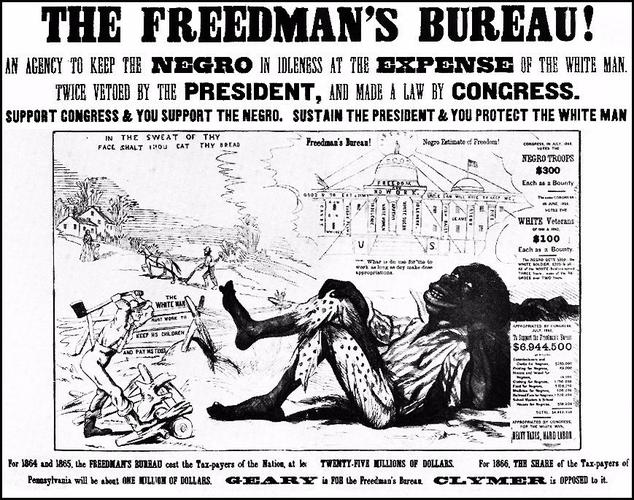
1865-1870
13th 14th and 15th
These were the reconstruction amendments that abolished and prohibited slavery. It finally declared that anyone born in America was an American citizens, even the African Americans.
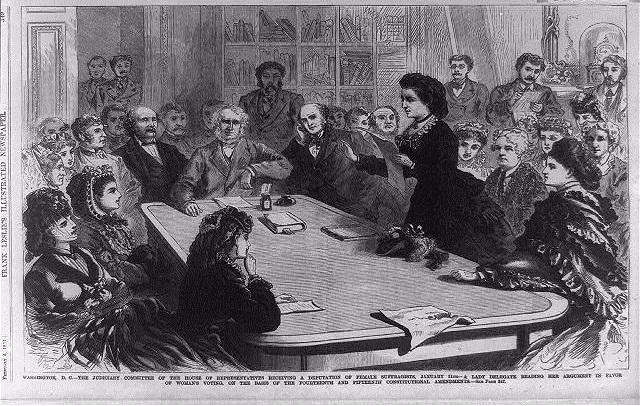
1865-1877
Sharecropping, African Americans
Black families were soon caught up in a form of slavery again, sharecropping, because of the low wages they were getting payed, and the large landowners they were working for to receive money. Slaves needed this money, but they were instead caught up into another slave like process.
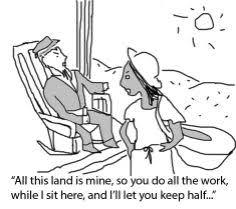
In this political cartoon, It shows how the white people during sharecropping, are still attempting to control the black people, and treating them as slaves, although they are free.
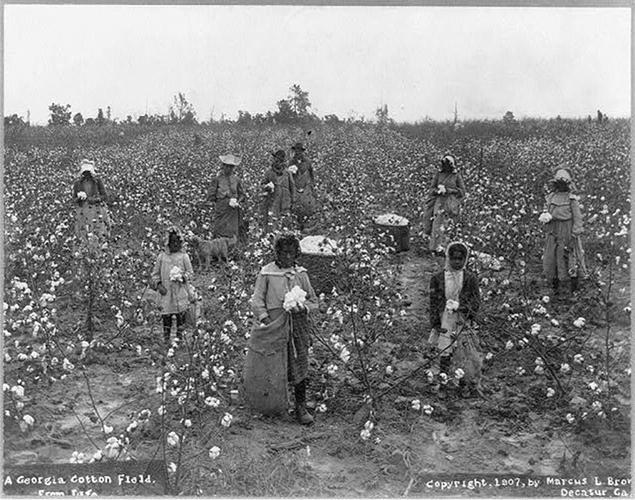
1865-1877
Did Reconstruction open up political opportunities and other leadership roles to former slaves?
Yes reconstruction did, along with the Freedman's Bureau, although it got vetoed. It opened up opportunities for them to get educated, and be able to vote, and go to church. Former slaves were able to be free.
1865
How was the South’s economy after the Civil War?
The South's economy started to fall, because the slaves were exiting the Confederacy, joining the union, and slaves were becoming emancipated. The South relied heavily on slaves to produce cotton, but the North started to succeed them by growing corn. Cotton King was falling and Corn king was rising.
1870
Women's Rights Movement (14th and 15th Amendment)
Women wanted to be included in the 15th amendment, along with black men. They believed that they deserved to be higher in status than black men, and also they believed they should have voting rights prior to blacks getting them.
http://www.history.com/topics/womens-history/the-fight-for-womens-suffrage